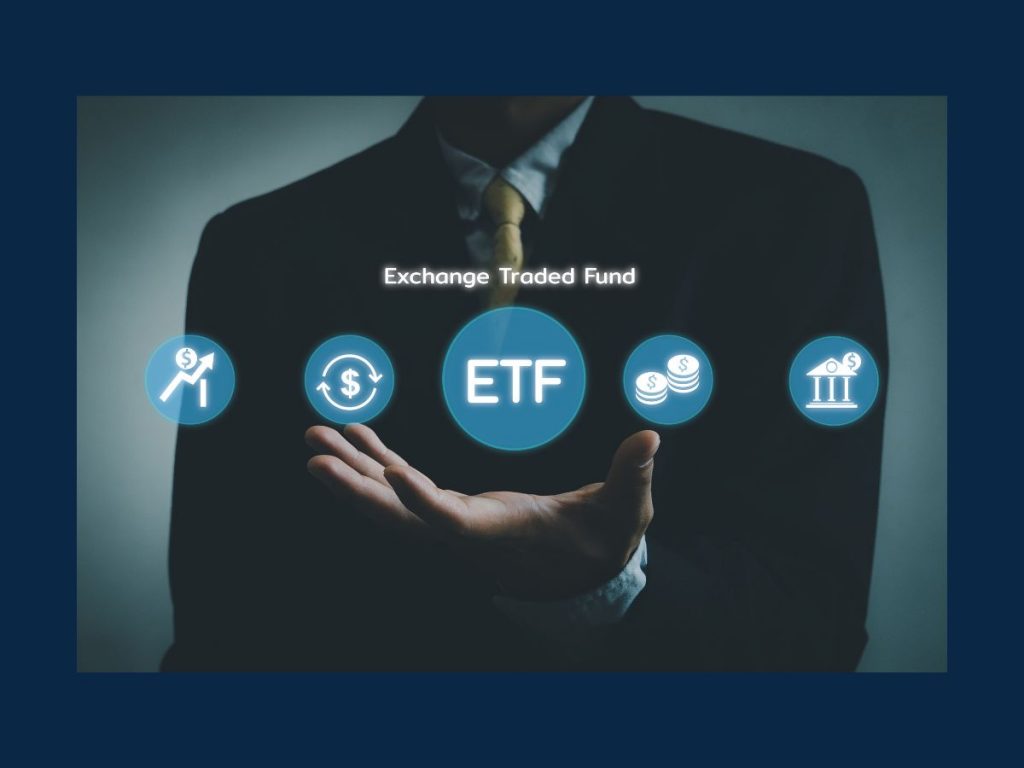In our previous blog, we discussed the basics of ETFs, what they are, their benefits, and different types of ETFs. Today, we are going to understand how to select the right ETF for you.
There are more than 1800 ETFs in the market right now, and 150+ are launching every day. This creates a lot of confusion and makes it overwhelming to decide on the perfect ETF that fulfills your need and works best for your portfolio.
So let’s quickly dive into the crucial factors you must consider before choosing an ETF for your investment portfolio.
What is ETF?
ETF is also known as an exchange-traded fund. It invests in a basket of financial securities such as debt instruments and equities to offer the benefit of diversification. It is a kind of mutual fund that can be traded on a stock exchange like a share. ETFs are usually passively managed funds. That is why they are excellent diversification vehicles and cost-effective compared to actively managed mutual funds.
Factors to keep in mind
Now, if you want to add ETFs to your portfolio, you should consider the essential factors listed below so that you can choose the right one;
Your investment plan
Before choosing any investment instrument, think about your investment plans. It will be helpful to reach your financial goal faster. Keep in mind your financial objectives, risk tolerance, your investment portfolio’s composition, and the time horizon for what you want to stay invested in.
Why do you want to invest in ETFs?
This is the most important question because the answer will enable you to get the right ETF. Some investors choose ETFs to diversify their portfolios; others choose them as an alternative to stocks. Once you decide what role ETF will play in your portfolio, it will be easy for you to choose the right ETF.
For example, if you are adding an ETF to diversify your portfolio, you can analyze your portfolio and identify sectors to which you don’t have much exposure. And purchase an ETF that tracks major stocks from the said sector. Simultaneously, if your portfolio has debt investment and you want to expose it to equity, buy an ETF that tracks a popular index like Nifty 50 or BSE Sensex.
Age of the ETF
ETF has been around us for at least two decades. Every year the fund houses launch new ETFs. However, with new funds, you don’t have much information to analyze and assess its performance. Hence, if possible, look for funds a couple of years old. But remember that past performance does not indicate that it will give you a better return in the upcoming year.
Fund size
While there is no rule for deciding the fund size, a larger fund size indicates investors’ interest and hence adds the possibility of higher liquidity and lower cost. So avoid investing in ETFs with very small fund sizes.
Trading volume
The trading volume is a primary difference between ETFs and mutual funds. Because you can trade units of an ETF on a stock exchange, but for that to happen, the particular ETF must be in demand. That is why you must look at the trading volume of an ETF before selecting it for your investment portfolio. And try to check for any declining trends and analyse the reason behind it.
Cost
Usually, when people start investing, they want maximum return with minimum risk. One of the best ways to generate a maximum return is booking the instruments with a minimal cost associated with purchasing and selling them. Since an ETF is passively managed, its expense ratio is considerably lower than the actively managed fund. However, as the fund houses decide, two similar ETFs can have different expense ratios.
Tracking error
When an ETF is designed to replicate a benchmark index closely, its return should be similar to the index. Still, there can be differences that are called tracking errors. It may be due to higher expenses, a different allocation of stocks, lack of liquidity, changes in the index, increased cash flow due to subscription or redemption, etc. So, the lower the tracking error, the better it is. Because the higher tracking error suggests that the ETF doesn’t replicate the index and its returns are not in line with the index. You can find the tracking errors of all the NSE-listed ETFs on fund houses’ official pages.
In the end, if you want to create an exponential investment portfolio, you need to pay attention to a lot of factors. So before choosing an ETF for your investments, ensure that it is a suitable option and can fit with your current investment structure. Selecting the right ETF can boost the overall return to your portfolio. Remember these essential factors while considering an ETF to maximize benefits.
Watch the YouTube video above by ICICIPrudentialAMC to learn more about this. Click here to read all about Liquid ETFs.
Interested in how we think about the markets?
Read more: Zen And The Art Of Investing
Watch here: All about gold ETFs.
Start investing through a platform that brings goal planning and investing to your fingertips. Visit kuvera.in to discover Direct Plans and Fixed Deposits and start investing today. #MutualFundSahiHai #KuveraSabseSahiHai

